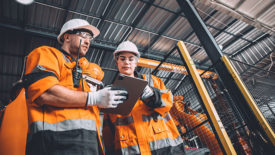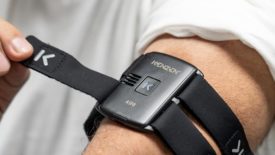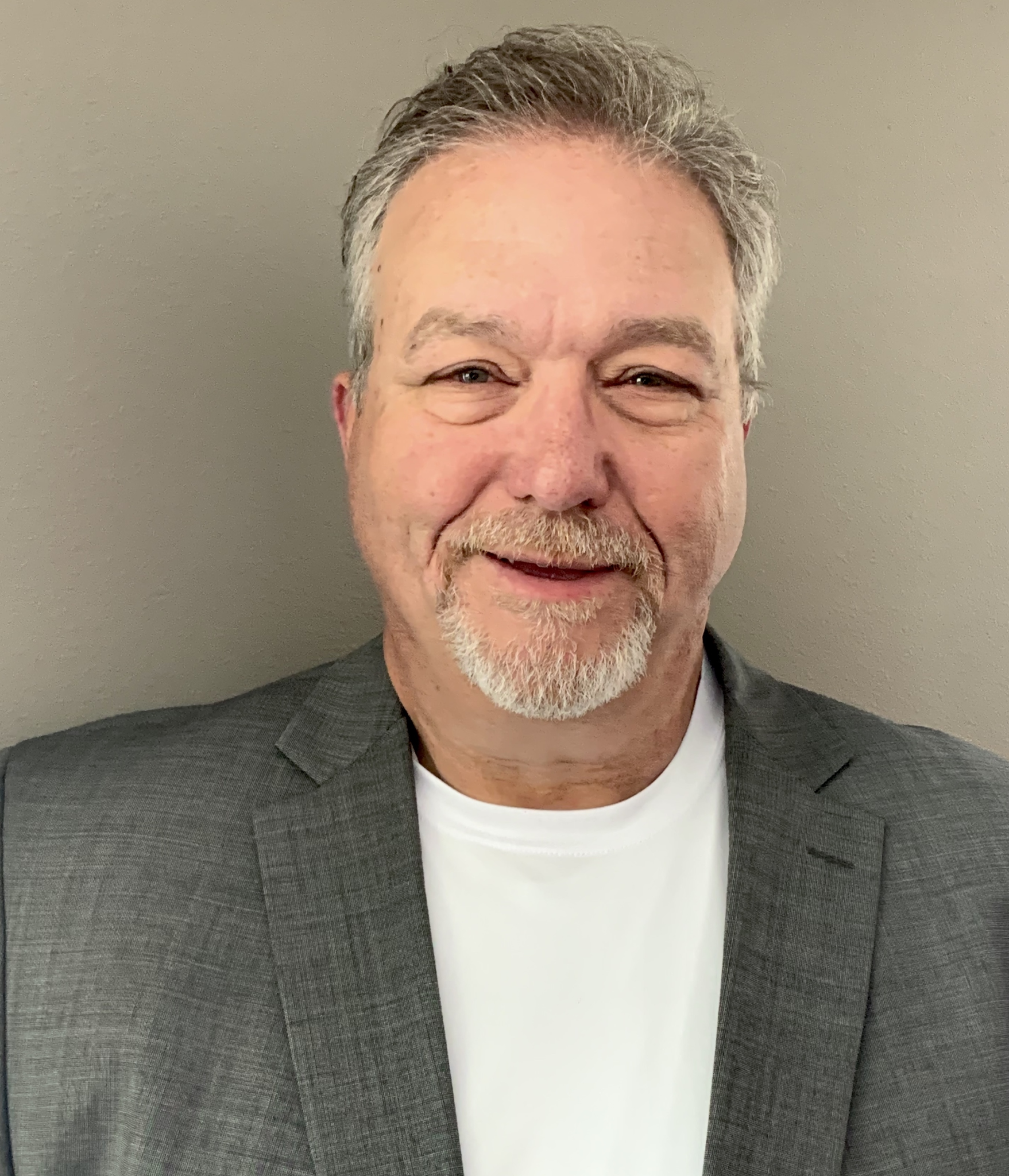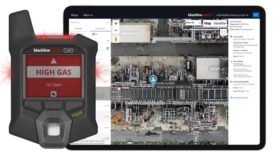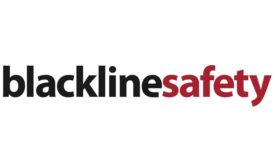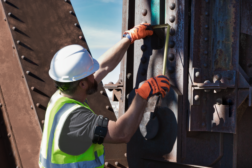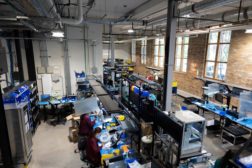Home » Keywords: » wearables
Items Tagged with 'wearables'
ARTICLES
These innovations are enhancing safety in the construction industry
Read More
Workplace safety in a digital world
New ‘tools’ and wearable tech changing processes for the better
December 15, 2023
Blackline Safety to unveil first-of-their-kind safety wearables at ADIPEC
September 26, 2023
Never miss the latest news and trends driving the safety industry
eNewsletter | Website | eMagazine
JOIN TODAYCopyright ©2024. All Rights Reserved BNP Media.
Design, CMS, Hosting & Web Development :: ePublishing
